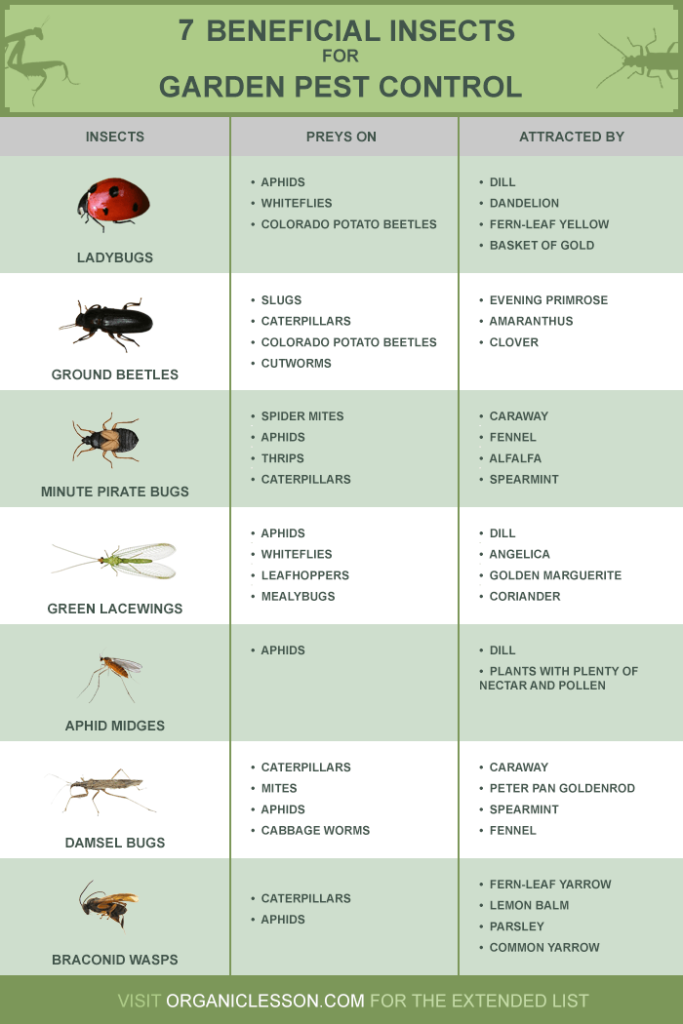Global warming is fundamentally transforming our environment, and its effects are becoming progressively evident in various aspects of our existence. One significant consequence of these changes in climate is the impact on insect numbers, which can pose challenges for homeowners and companies alike. As heat rise and climate conditions become more erratic, pests are adapting and altering their behaviors, resulting in more frequent infestations in our houses and communities.
Grasping the effect of climate change on pest control is crucial for creating successful strategies to keep our homes pest-free throughout the seasons. From spring invaders to winter mice problems, being cognizant of how climate variations affect pest behavior can empower us to take proactive measures. This article will explore typical household pests, the role of expert pest control, and practical tips for keeping a pest-free space in each season. Let's dive into the essential information you need to protect your home and loved ones against these tenacious intruders.
Understanding Pest Activity and Global Warming
Shifts in climate are altering ecosystems across the planet, and bug groups are not excluded. Escalating temperatures and shifting weather patterns are establishing more favorable conditions for many frequent household bugs. For illustration, higher winters allow insects like mattress bugs and roach to endure and reproduce in areas where they previously had difficulty to establish a presence. As the climate continues to heat up, pests may migrate into new regions, bringing with them a number of issues for insect management.

Additionally, increased precipitation and humidity can amplify the threats posed by pests. Mildew and mildew prosper in damp conditions, often attracting insects such as ants and ants that can cause significant destruction to homes and buildings. Property owners must be vigilant in recognizing these environmental changes, as they immediately lead to the increase of pests. Realizing this relationship between climate and pest activity is essential for effective pest management strategies.
Ultimately, the effect of climate change on pests can also bring new issues in managing their populations. Conventional pest control techniques may turn less effective as pests evolve to new conditions. For example, DIY pest control approaches may fall short as pests acquire resistance to specific treatments. It’s essential for property owners to stay informed about the changing pest situation and consider more comprehensive approaches, including regular professional pest control help, to keep their houses pest-free all year long.
Successful Pest Management Strategies
To successfully control pest populations in your home, it is crucial to implement a mix of preventative tactics, observation, and remediation strategies. Begin by confirming that your home is thoroughly sealed. This includes checking for fissures in walls, openings around doors and windows, and sealing any entry points where pests can access. Ensuring a tidy living environment is also essential; frequently cleaning your kitchen and dining areas reduces food sources that attract pests. Additionally, preventing standing water can aid mitigate many pest issues, especially mosquitoes.
Routine inspections perform a crucial role in the early identification of pest problems. By monitoring areas where pests are apt to enter, such as basements, attics, and crawl spaces, you can recognize potential infestations before they escalate. Scheduling professional pest control services periodically can improve your home’s defenses. Learn more have the expertise and tools necessary to identify various pests and carry out successful control methods that are non-toxic and sustainable.
When it comes to treating existing infestations, it is important to decide on the appropriate approach based on the type of pest and the seriousness of the problem. For instance, some household pests including ants and roaches may respond well to baiting systems, while others such as bed bugs might call for more comprehensive treatment plans. Always adhere to the guidelines for use and safety, especially when using chemical treatments. By combining these strategies, you can formulate a strong pest management plan that ensures your home without pests year-round.
Preventive Strategies for Year-Round Pest Control
To ensure a pest-free environment for the entire year, implementing preventive measures is vital. Begin by sealing any cracks and crevices in your home’s exterior, as these gaps serve as entry points for multiple pests. Ensure that windows and doors fit well and add weather stripping if necessary. Regularly inspect your home for indications of pests and address any infestations right away to prevent additional problems.
Additionally, maintaining clean indoor and outdoor areas can significantly reduce the likelihood of pest invasions. Keep food stored in airtight containers and quickly clean up spills and crumbs. Outdoor areas should be kept neat, with debris and standing water eliminated, as these lure pests like mosquitoes and rodents. Proper waste management also plays a crucial role, so make sure trash bins are sealed and emptied regularly.
Lastly, think about scheduling regular pest inspections with a licensed pest control service. These inspections can detect potential issues before they escalate, providing peace of mind and ensuring that your home remains protected year-round. With vigilance and proactive measures, you can effectively manage pest populations and safeguard your living space.
